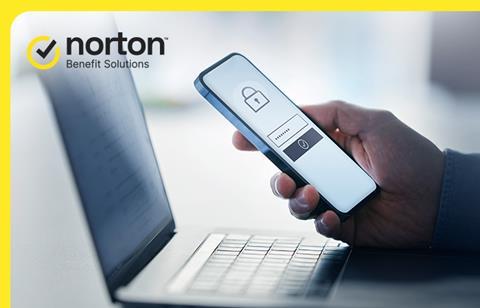
How to Secure Your Passwords
Let’s face facts: it’s easy to forget passwords. People often use simple words, such as a pet’s name, or easy-to-remember dates such as a wedding anniversary. A hacker could try your name, children’s names, birthdates and pets’ names as passwords to get access to your computer. When they get lucky, your ID, privacy, and financial security are all up for grabs.
The significance of employing secure passwords is subsequently more important than ever. Hackers are hungry for passwords, as they have substantial monetary value. Data breaches and password leaks easily leave thousands of accounts vulnerable to being accessed by cybercriminals. With two-factor authentication (2FA), you get an extra layer of security that hackers can’t easily access, because the criminal needs more than just the username and password credentials.
The 2FA Method
2FA is a method of verifying your identity that adds a second factor of authentication in addition to your account password.
- Something you know – a pin number, password or pattern
- Something you have – an ATM or credit card, mobile phone or security token such as a key fob or USB token.
- Something you are – Biometric authentication such as a voiceprint or fingerprint.
How Hack-Proof Is It?
Nothing is 100% secure, and your account can still be vulnerable via hacking through password recovery options. Be sure to monitor your email account for messages requesting password changes.
Password Security Measures You Need to Take
Use the following tips to create secure passwords:
Strong Password Creation
- Do not use personal information like any words related to your name, family members, or pets. Also, don’t include easily recognizable numbers like your address, phone number or birthday.
- Do not use real words. Password cracking tools are very effective at helping attackers guess your password. Instead, use mixed characters by combining uppercase letters with lowercase letters, numbers, and special characters.
- Create longer passwords at least eight characters in length.
- Modify easy-to-remember phrases. For example: “100 Bottles of Beer on the Wall” could become “10oBb0tW”.
Safe Password Storage
- Don’t write them down.
- Use a password management tool. One way to store and remember passwords securely is to use a tool that stores your list of usernames and passwords in encrypted form. These tools will even help by automatically filling in the information for you on certain web sites.
Password Updates & Management
- Change passwords on a regular basis.
- Use different passwords on different accounts.
- Do not type passwords on computers you do not control.
To learn more tips about safe passwords, visit uk.Norton.com.
Norton Benefit Solutions offers a digital wellness benefit that helps empower employees with protection for their identity, devices, and online privacy.




